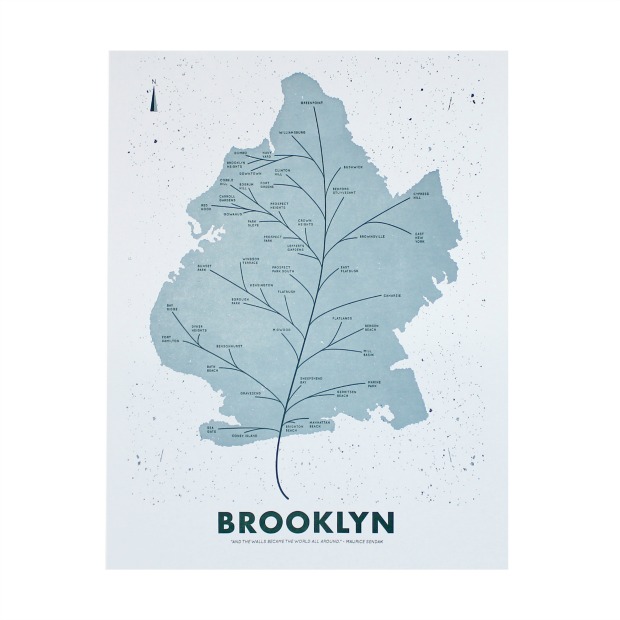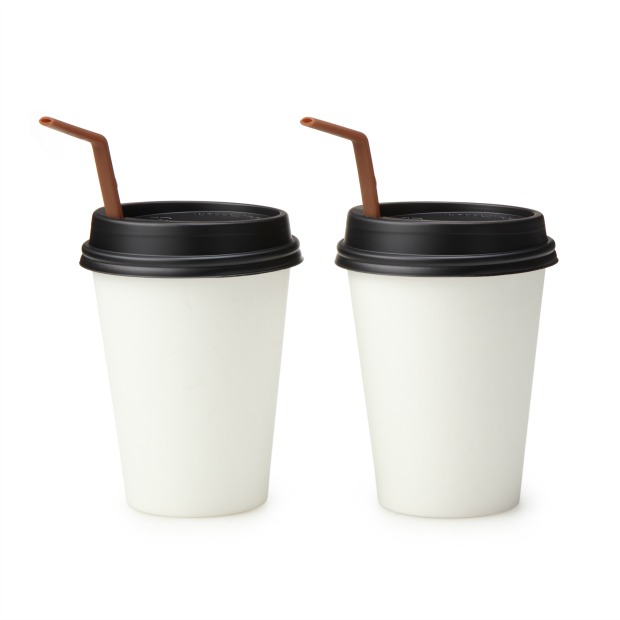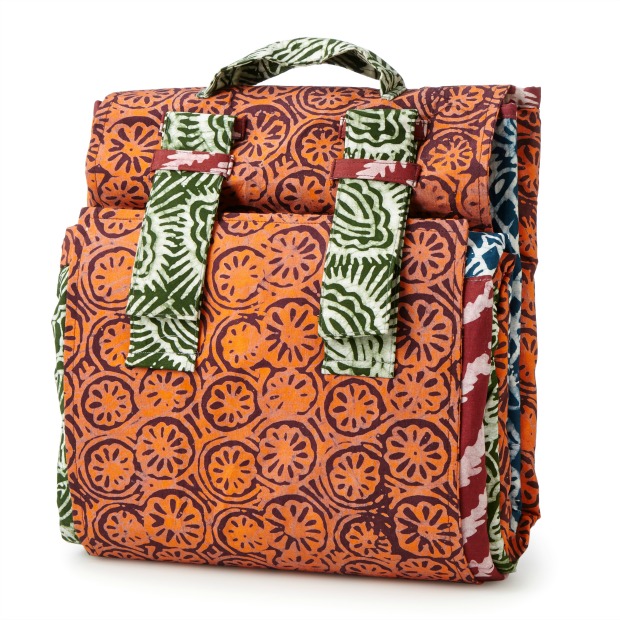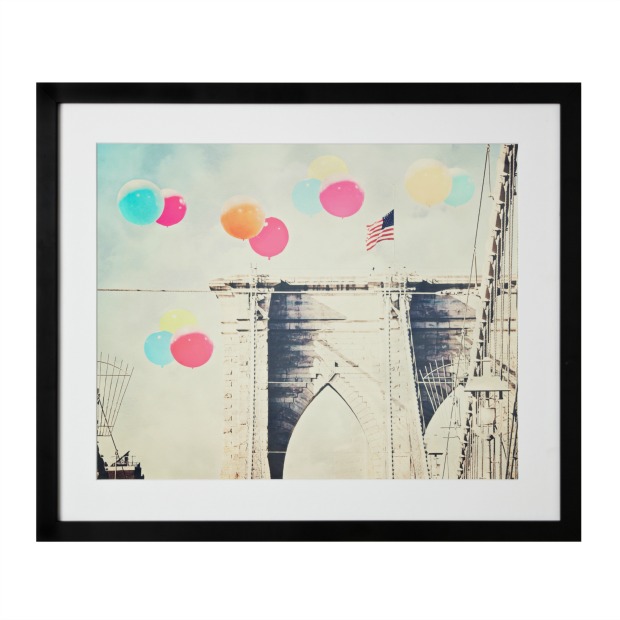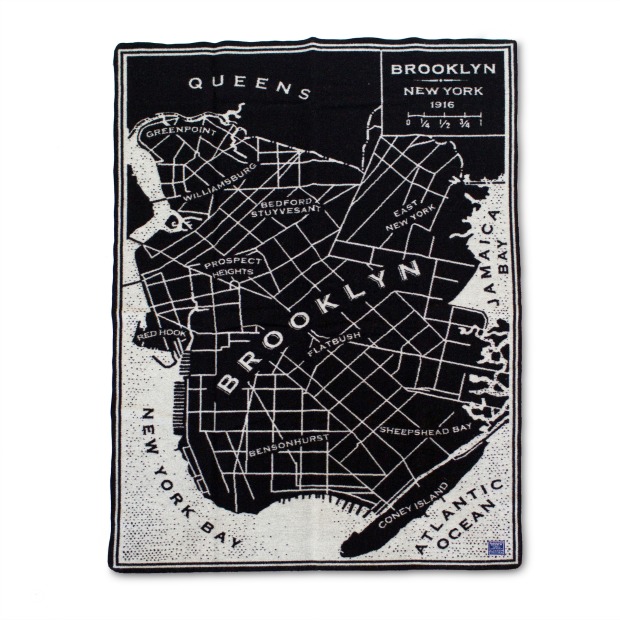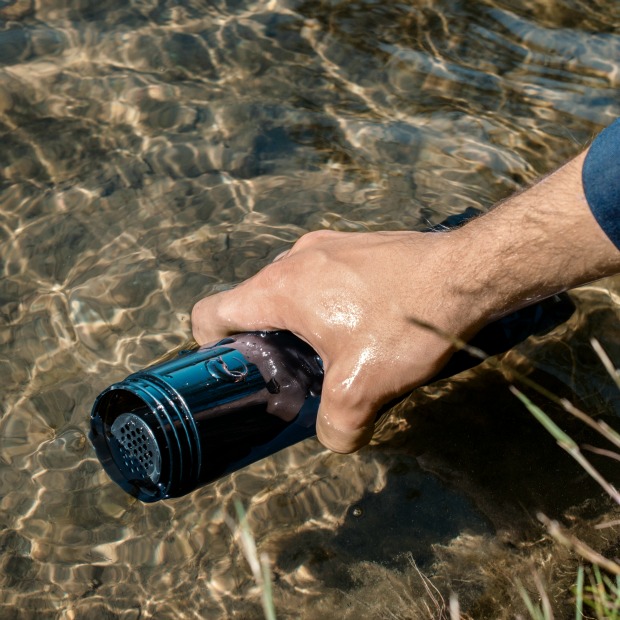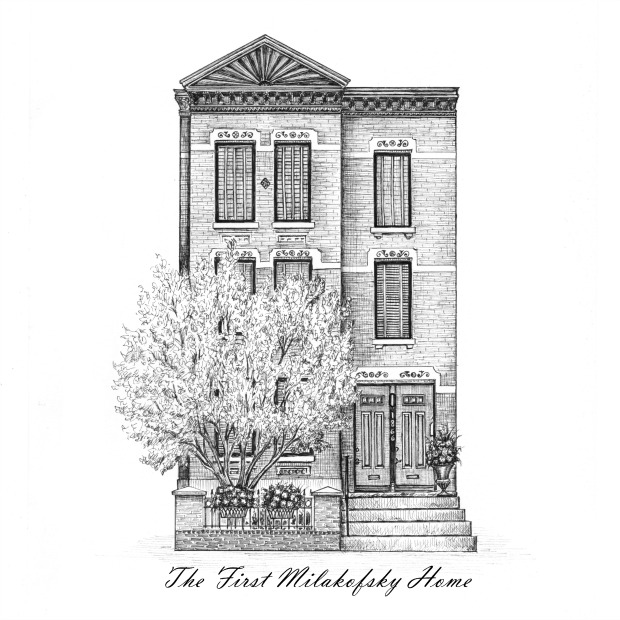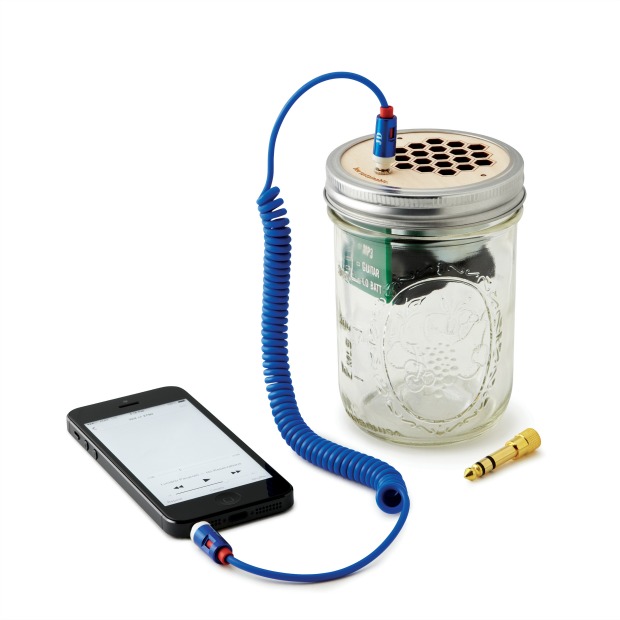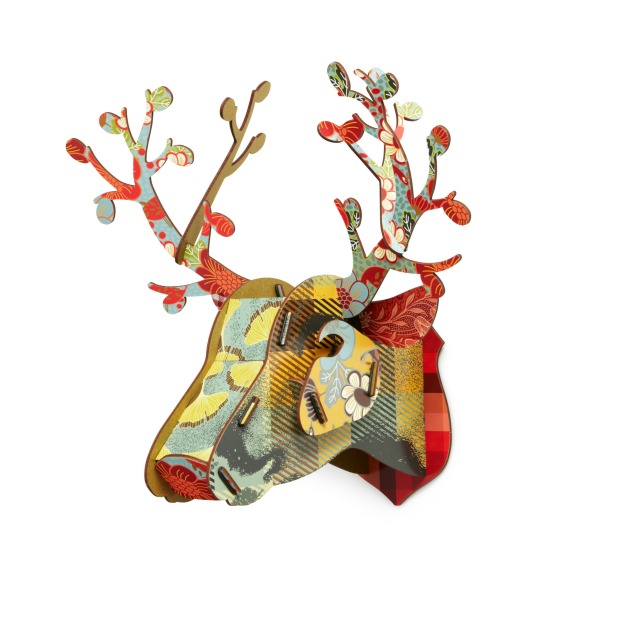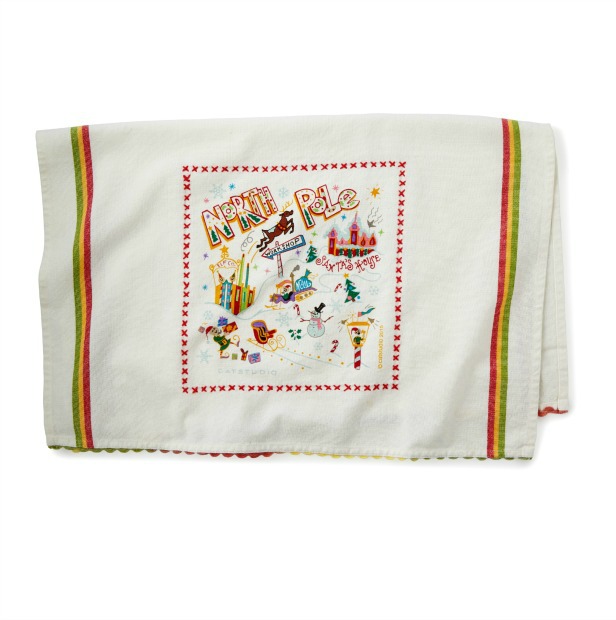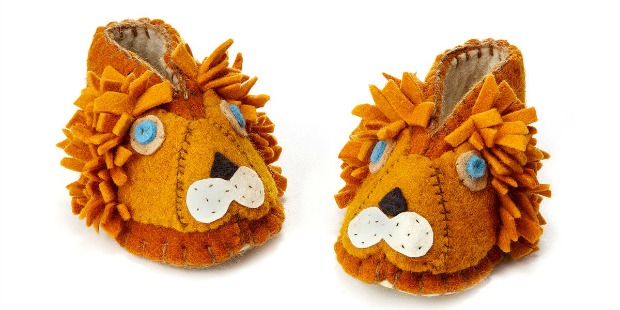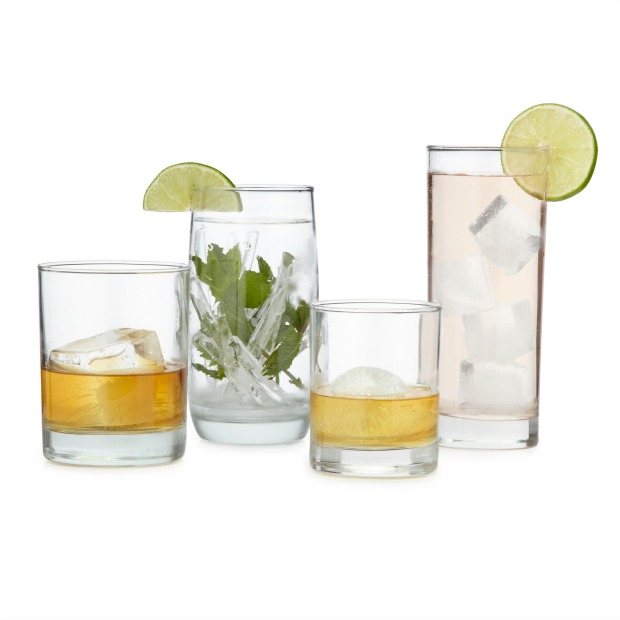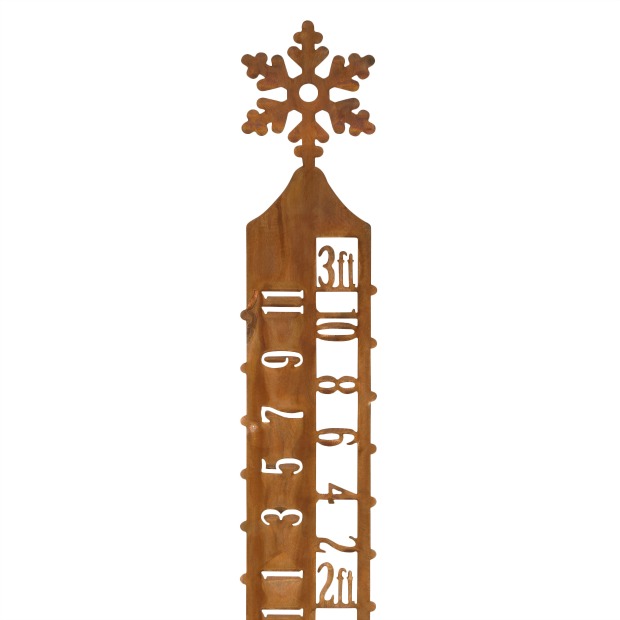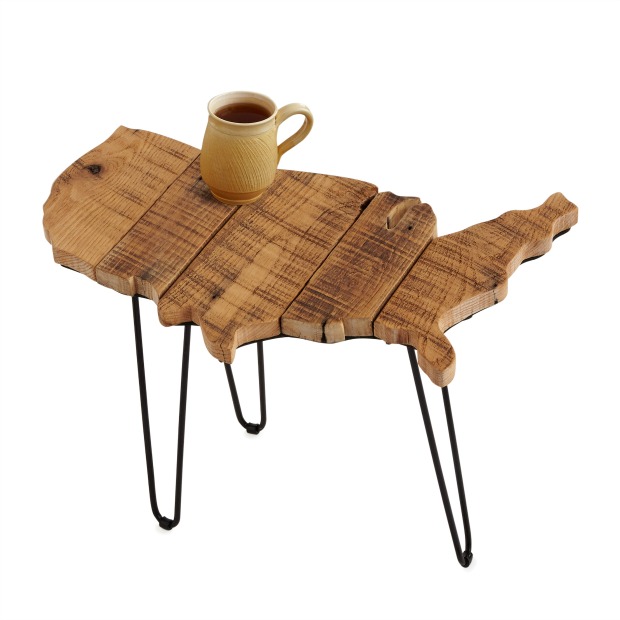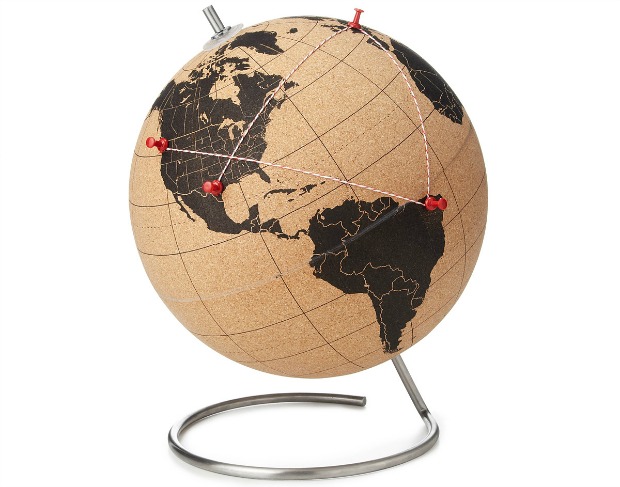Brooklyn! How we love your tree-lined streets, your tiny restaurants with expansive backyards, and your many, many, many bicycles! We got our start in Manhattan’s West Village, and though we can see the Chrysler Building and a thousand tiny windows light up every night from our office window, we can’t help but get the warm fuzzies when we think about our home, the borough that brought us Coney Island, Peggy Olson, and Twizzlers.
And so, as you begin to order and receive your goods (many of which are shipped from the very same Sunset Park building where this is being written) enjoy a few Uncommon facts that make our borough so beloved.
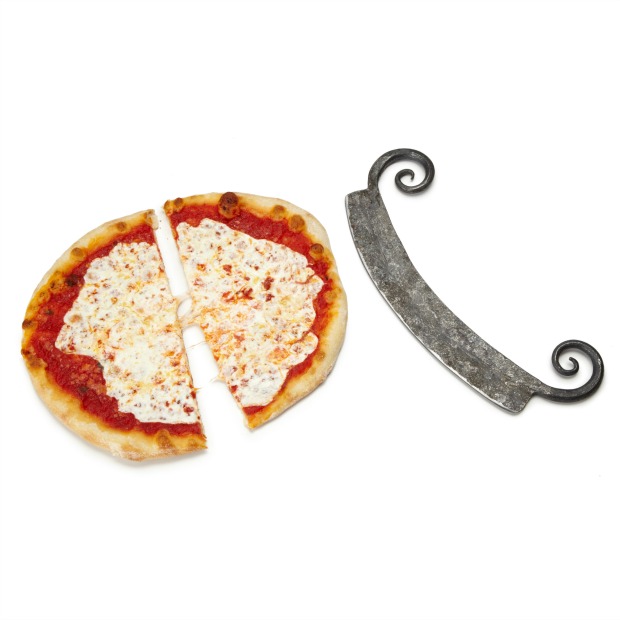
1. Until 1898, Brooklyn was its own separate city. In order to strengthen resources and economic growth, lawmakers decided to merge with New York City. Double the bagels, double the pizza. We consider it a win.
2. Brooklyn has approximately 2.5 million residents. If it were separated from the rest of New York City, Brooklyn would become the fourth most populous city in the country. This would explain the lines in the coffee shops.
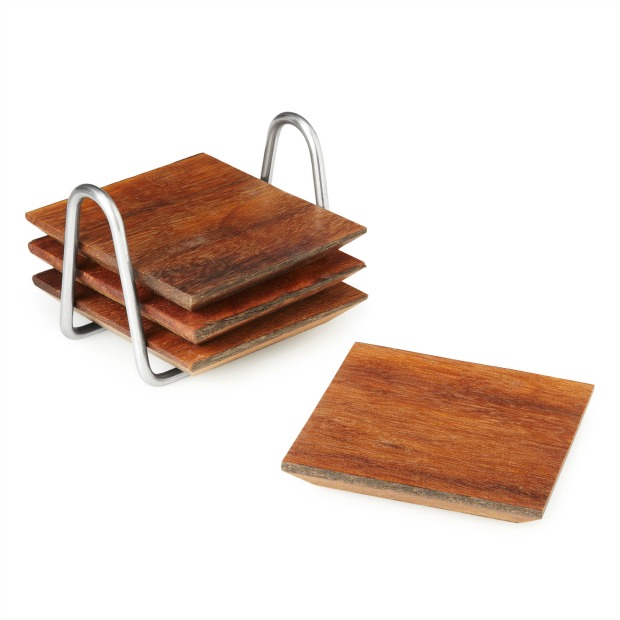 Coney Island Reclaimed Wood Coasters
Coney Island Reclaimed Wood Coasters
3. The first roller coaster in America opened at Coney Island in 1884. It was known as a switchback railway, it cost a nickel to ride, and it traveled at a blistering six miles per hour. Hold on to your hats!
4. Coney Island also saved the lives of roughly 6,500 premature babies. In 1903, Dr. Martin A. Couney wanted to treat the infants using an incubator he’d developed but no hospital would fund his research until he had proof that it would work. Coney Island funded his study on the one condition that the research be done out in the open…in the amusement park’s sideshow. Visitors paid a dime to look through the makeshift hospital ward’s window, allowing a rare glimpse of the medical marvels. Parents of the infants were never charged for the treatment and by 1943, hospitals were finally convinced to open their own preemie wards.
5. Brooklyn’s Prospect Park makes up the borough’s largest green space, measuring at 585 acres. Frederick Law Olmsted, the same designer behind New York City’s Central Park, designed it. When asked which park he preferred, he said his Brooklyn creation was the nicer of the two. Bring a picnic blanket and a couple croissants on a beautiful fall day and we can’t argue.
6. Some things invented in Brooklyn: the deep-fried Twinkie, teddy bears, the roller coaster, and the first bank credit card—so pretty much, your ideal weekend.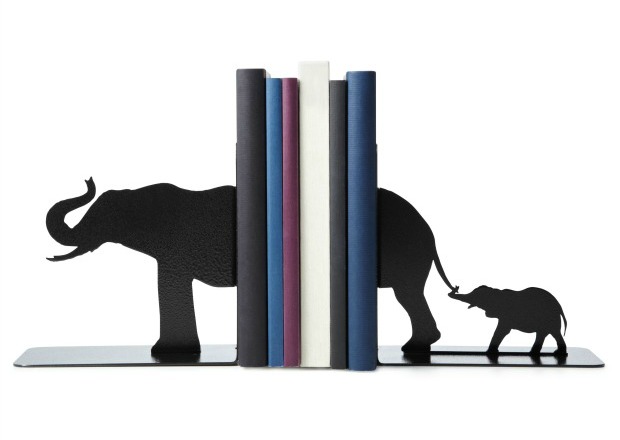 Elephant Family Bookends
Elephant Family Bookends
7. When it opened to the public on May 24, 1883, the Brooklyn Bridge was the longest suspension bridge in the world. After a year of use, some pedestrians were still skeptical about the safety of the bridge. In order to prove its stability, P.T. Barnum walked 21 elephants over the bridge in 1884.
She Believed She Could Framed Art Block
8. The Brooklyn Bridge was essentially completed by a woman. Emily Warren Roebling’s husband Washington was the civil engineer tasked with the job, but became bed-ridden after developing caisson disease. Taking over dealings with politicians, engineers, and contractors, Emily stepped in as the first woman field engineer, using her own knowledge along with input from her husband to spend the next fourteen years finishing the bridge. She was the first person to take the journey across the bridge upon completion.
9. The first animal to cross the bridge was a rooster. We could tell you more about why, like how the rooster was seen as a symbol of victory, but we’d much prefer to linger on the image of a street smart rooster making his way to the city.
10. In 2006, workers discovered a bomb shelter from the Cuban Missile Crisis in the base of the Brooklyn Bridge. It was filled with water, 352,000 packets of crackers, and blankets. A label inside said: FOR USE, AFTER ENEMY ATTACK. No one’s sure who exactly was meant to benefit from the high, yet low profile safe place.
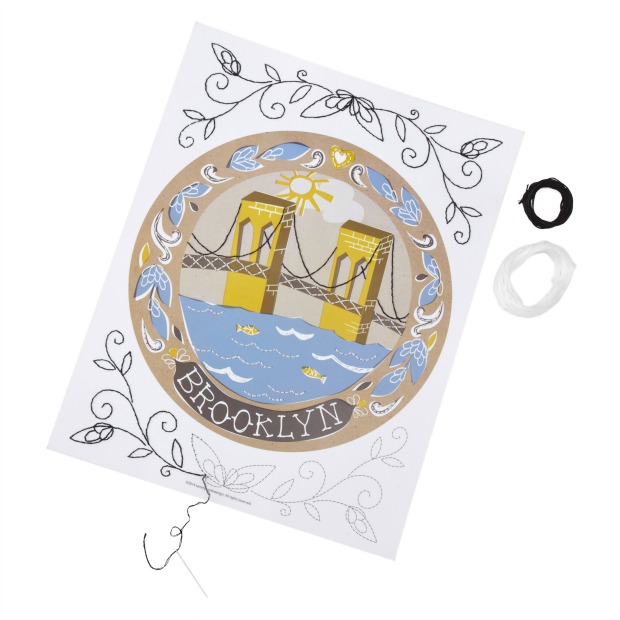 DIY Embroidery Poster Brooklyn Bridge
DIY Embroidery Poster Brooklyn Bridge
11. Brooklyn’s Bay Ridge neighborhood (setting of Saturday Night Fever and birthplace of fictional Mad Men character Peggy Olson) was originally called Yellow Hook. However, after a yellow fever plague spread throughout the area in the 1840s, residents decided it was time for a name change. Florist James Weir suggested Bay Ridge and it was formally adopted in 1853.
12. The bad news: The 1.8 mile long Gowanus Canal is one of the most heavily contaminated water bodies in the nation. The good news: It’s now a superfund sight and the EPA is going to clean it up. The crazy news: We have absolutely no idea what’s growing/living in there. Even the EPA is clueless and believes the hostile environment could have spawned an entirely new species. See? Even our environmental issues are adventures in science!
13. Brooklyn loves its brownstones. We love brownstones so much that we build fake ones to house subway maintenance and ventilation sites. At 58 Joralemon Street, you’ll find a stately brownstone with blacked out windows—the only inclination that the building’s façade is…well, a façade. The building also provides emergency exits and electrical conversion for the trains. How’s that for urban camouflage?
 Why You’re So Awesome by Me Book
Why You’re So Awesome by Me Book
14. Some awesome people who first became awesome in Brooklyn (in no particular order of awesomeness or relevance): Jean-Michel Basquiat, Scott Baio, Pat Benetar, Mel Brooks, Steve Buscemi, Tony Danza, Richard Dreyfuss, Edie Falco, Lena Horne, Michael Jordan, Jimmy Kimmel, Eddie Murphy, Rosie Perez, Lou Reed, Carl Sagan, Barbara Streisand. Also Mario—the fictional game character that jumps on mushrooms and sometimes sprouts a raccoon tail with which to fly. Who knew?
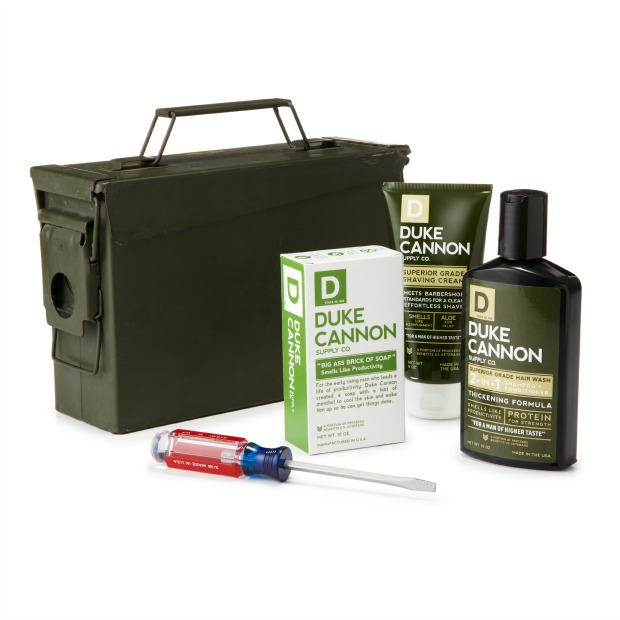 Men’s Military Field Grooming Set
Men’s Military Field Grooming Set
15. UncommonGoods is located in Sunset Park’s Brooklyn Army Terminal—the same place where Elvis Presley shipped out for an eighteen-month tour of duty on September 22, 1958.
Want some unofficial Uncommon Knowledge? Nothing beats the pizza, dog-friendly bars, and free concerts in the park. Also, drinking out of a mason jar while wearing flannel has been proven (no it hasn’t) to increase the enjoyment of said beverage by as much as 90%.

